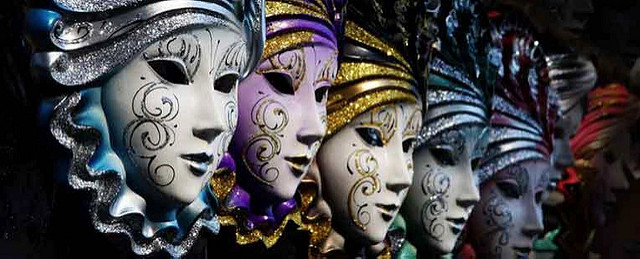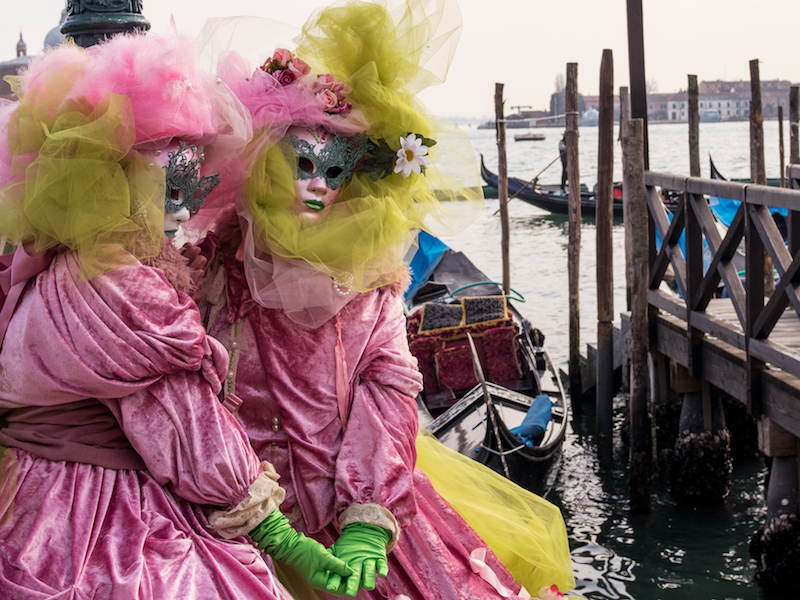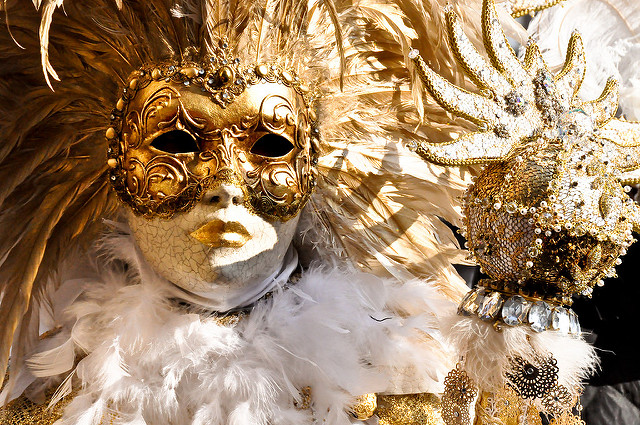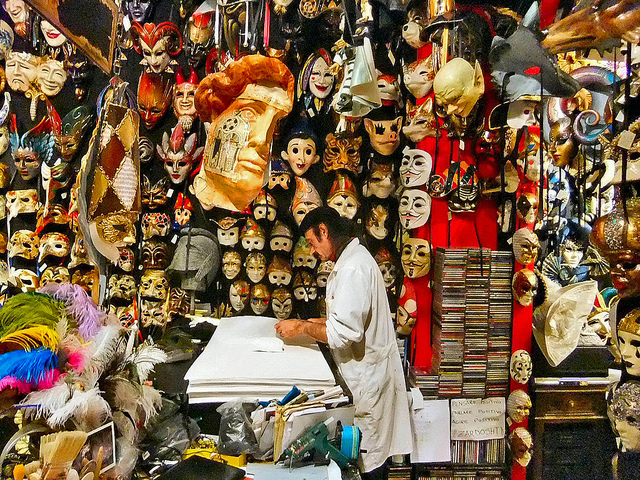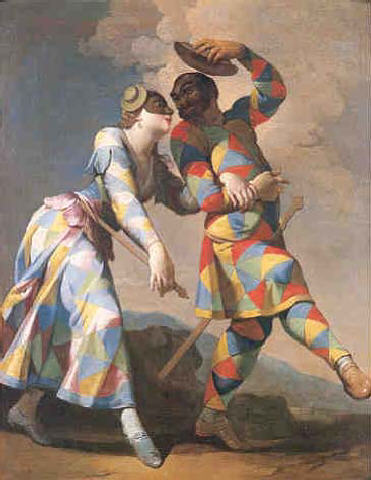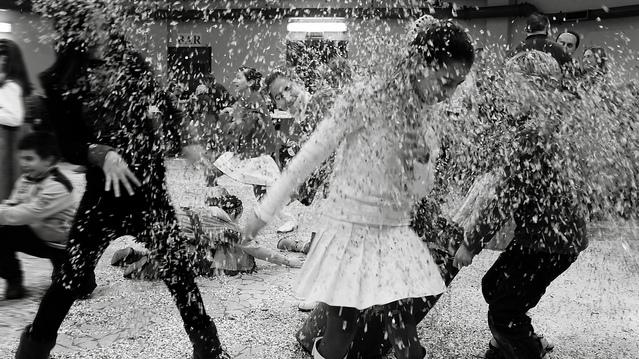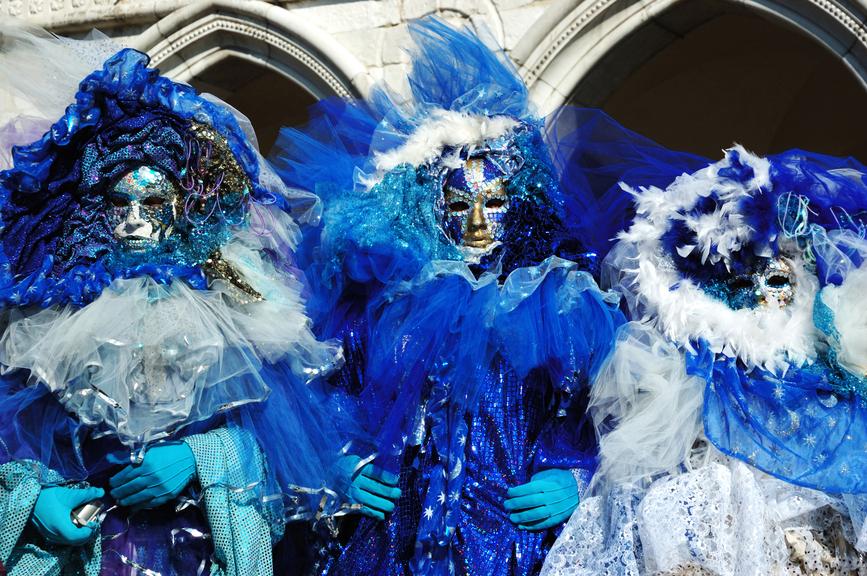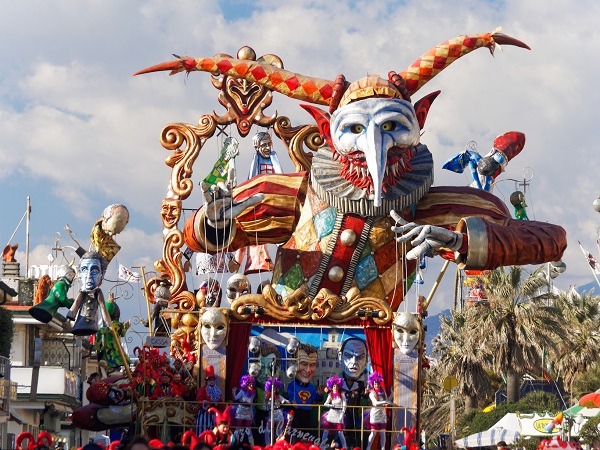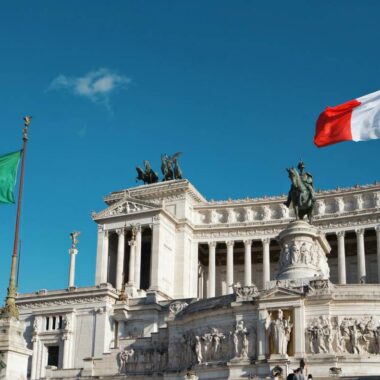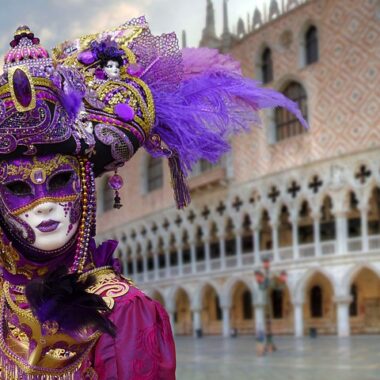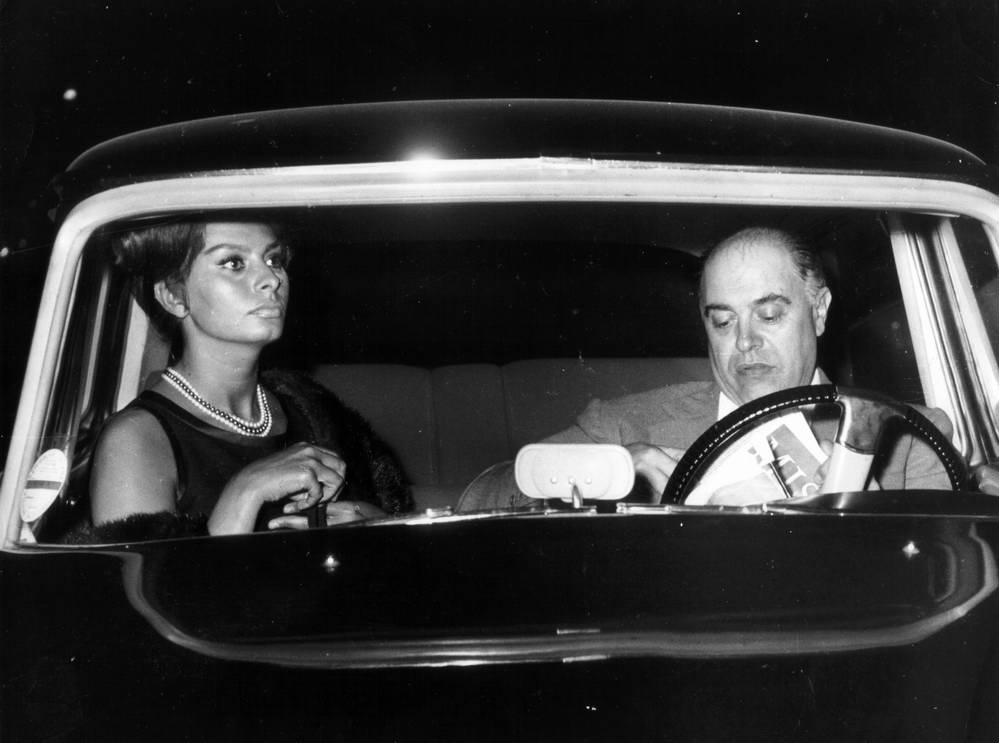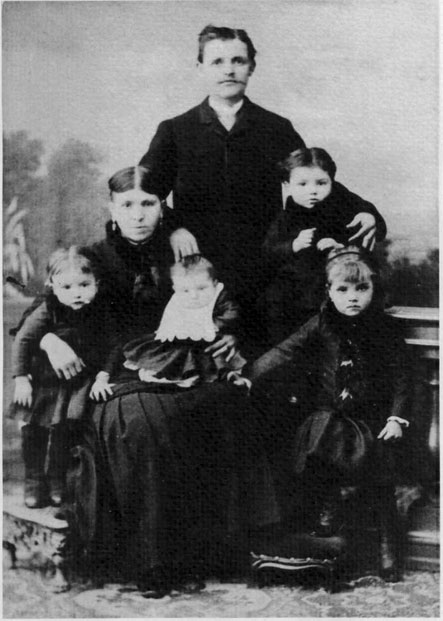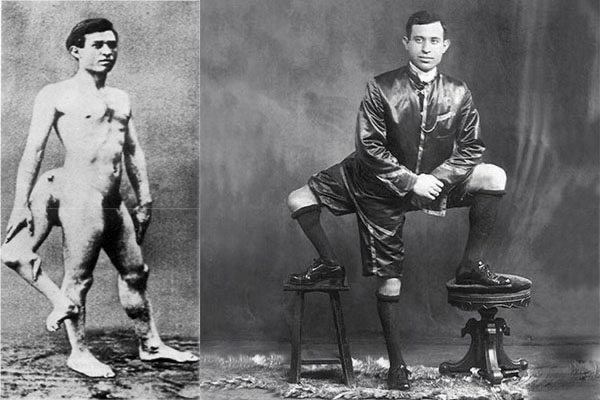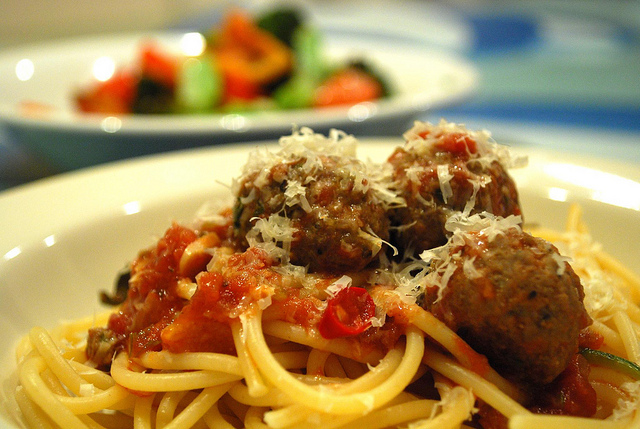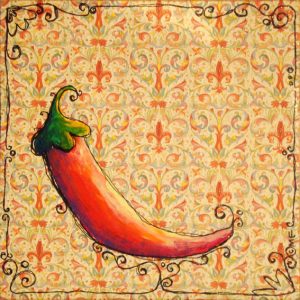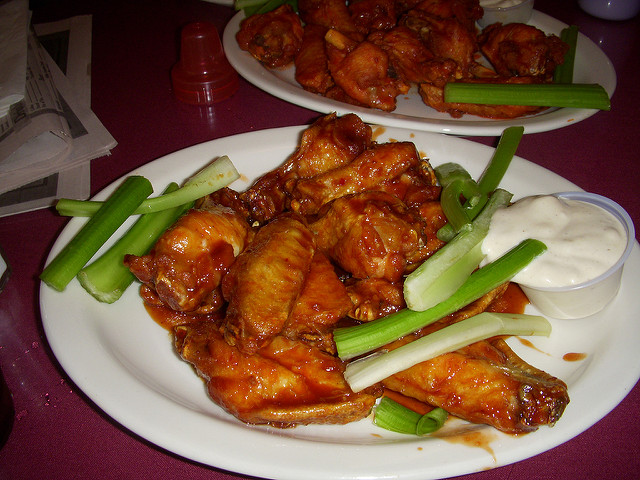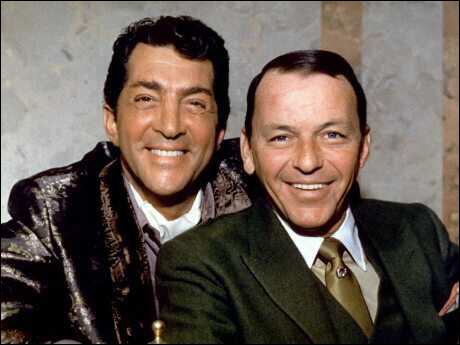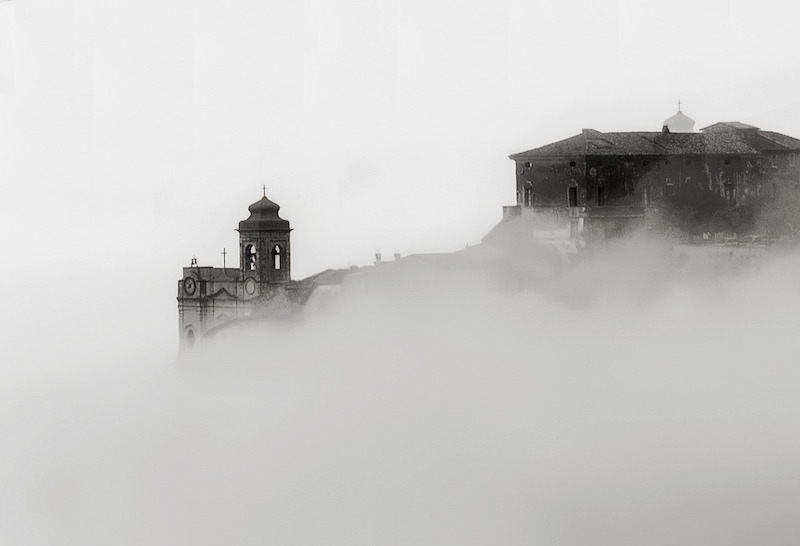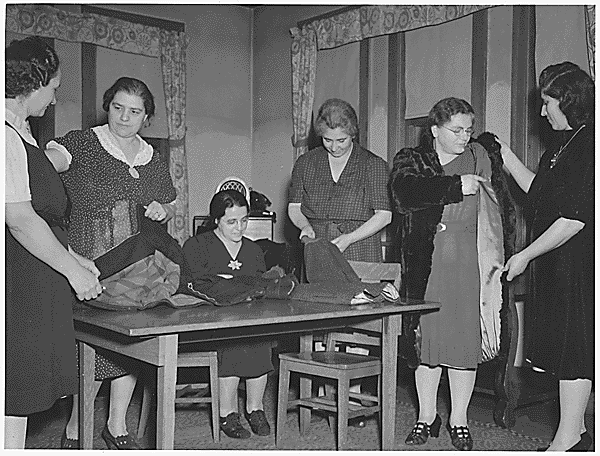The Coronavirus might have hit the city of bridges and canals, but it didn’t hit its spirit. Carnival 2021 is a go, even in this pandemic uncertainty. It might come as a surprise, but Venice isn’t giving up on its colorful celebrations.
It’s just doing it differently.
Venetian Carnival & Covid-19
The dates to mark on the calendar are two: from February 6 to 7, and from February 11 to 16th. There won’t be any audience on the streets because the audience will be online. From the comfort of home, anyone can stream the event and join in the fun.
As the official website reports, people will be able to watch shows, listen to short stories, and participate in Virtual Rooms. There are three types of rooms, divided by age groups. While kids can enjoy workshops, the parents can watch the competitions and interviews with the protagonists. People must register to join the Virtual Rooms.
On the other hand, the live streaming doesn’t require any registration. It’s still Venice, only this year, travelers won’t need to catch a flight. A comfortable couch, a colorful mask, and time are enough.
But how did the Carnival look before Covid-19?
The art and history of Venetian mask making tradition
We are in the midst of Carnevale celebrations and we can’t help thinking- or for the luckier ones, experiencing in reality – about how beautiful and artistic some of the masks worn around are and there aren’t any more beautiful than those produced by the Venetian masks tradition.
Mind, I’m actually talking about the physical masks you place on your face, rather than the characters we associate to Commedia dell’Arte and that became, throughout the centuries, symbols of human quirks and geographical locations. Well, if you’re interested in Arlecchino and co., you can check out our article Italian traditional masks for Carnival to get to know them better.
Here, we’ll concentrate on the beautiful papier maché creations typical of the Venetian masks tradition that, for centuries, have been surrounded by an aura of mystery and awe. There’s a lot to know about them and how they’re made, and it should come as no surprise – considering Italy, the land of tradition and heritage love, is home to them – to learn the techniques used today are very much still the same as those en vogue many centuries ago.
Venice, of course, is were the game is at: the most baroque and luscious of all Carnevali is where masks give the best of themselves. At the very beginning “maschera” meant, quite simply, to put on fake moustaches and beard, and was very often used to refer to women dressing like men and men dressing like women: being “in maschera” was, in the end, the Venetian way to say “being in drag”. And, indeed, as it was about 20 to 30 years ago for drag, the people of medieval and renaissance Venice would consider the act of dressing up and wearing “maschere” a symbol of freedom and transgression: funny to see how history repeats itself, sometimes.
Let’s travel to Venice then, where many, many centuries ago, it all began. And believe me, there is more than Carnevale celebrations behind the love story between La Serenissima and her “maschere”…
Venetian Masks tradition, or “maschere” and Venice
It would be difficult to fully grasp the obsession of Venice with masks without talking history for a bit. Step back into the 13th century and you’ll find the first official reference to “maschere” in a Venetian context: the city government had to promulgate a law limiting the improper public use of masks in 1268, because of the worrying amount of mask-wearing men, “i mattaccini,” strolling around the “calli”. Mattaccini were keen on the game of “ova” (eggs) which consisted in throwing eggs filled with rose water to the unlucky women passing by.
In the 14th century, Venice had already began earning the reputation of fun capital of Europe, and Venetians became famous for their penchant for a life of excesses. Early Libertines (libertinage is usually considered more of a 17th and 18th century phenomenon) made large use of masks to keep their identity secret in public, but especially to rise that aura of oh-so-cool mystery that made them all the more attractive. In order to limit the moral degradation of La Serenissima, leaders decided to forbid the use of masks, apart for the period of Carnevale.
Prostitutes and men frequenting them were not allowed to wear masks either, as it was thought – or hoped – that lack of anonymity would have refrained people from practicing or exploiting prostitution.
Similar laws were issued in the 17th and 18th centuries, always with the aim of limiting the public use of masks outside of the weeks of Carnevale, and protect Venice’s own morals and respectability. In fact, it’s for this very same reason that, in 1776, a law imposing the use of masks to women going to theatre was created. Now, if only the Doge and his crew made up their mind…
The more the ruling élite of La Serenissima frowned upon mask wearing, the more Venetians became obsessed with them.
If Carnevale was the only moment of the year they could step out on their gondolas wearing a “maschera,” than it’d better be the “maschera” of a lifetime: demands for Carnevale masks, more and more precious, more and more extravagant, grew exponentially throughout the decades, generating a new artistic figure in the city, that of the “mascheraio,” Venice’s own mask maker.
In 1773, at the height of Baroque and of Giacomo Casanova’s popularity among rich and beautiful Venetian coquettes – and nuns, apparently – there were 12 officially recorded mask making ateliers in the city: not a large number considering the demand. Historians appear to agree it’s very likely many more ateliers operated on the black market, milking as much as possible the gold pleated pockets of rich Venetian lords and damsels, but also giving stable employment to a large number of people.
Alas, these memorable times of opulence, wealth and joie de vivre were to come to an end when the Hapsburg conquered the Republic of Venice, making it part of their empire. They almost immediately forbade the public use of masks, even during Carnevale, thus limiting their presence to private receptions. This is why Venice’s Austrian years are considered a pretty gloomy period for the lovers of disguise.
Venetian masks tradition and its secrets, once upon a time and today.
As it often happens when it comes to arts and crafts, each atelier was known for a certain way of decorating or shaping masks, but the basic technique for their making was the same for all. Yesterday and today, the heart of mask making in Venice is papier maché or “cartapesta,” a material symbol not only of Carnevale art, but also of Presepe and religious artistic expression.
The procedure starts with a terra-cotta sculpture of the mask, which is then covered with plaster. Once the plaster molding is dry, the proper mask making process starts: today, the mold is rubbed with vaseline to avoid stacking and then filled with thin layers of wet and glued papier maché, which has to be cut in small pieces and placed in by hand, so that each crevice of the mold is filled. This is essential to give Venetian masks that realistic feel and wealth of details they’re known for.
The mold with its precious papier maché filling is then put into special ovens where the masks are allowed to fully dry. Once they’re, eyes, nostrils and mouth holes are cut, the mask is sanded to make the surface smooth, then varnished and waxed. After this, the most fascinating of all processes starts: decoration.
Real, authentic Venetian masks, in the past and today, are unique pieces, hand made and hand decorated: the variety of pigments and materials used to personalized them is endless: acrylic paints, feathers, gold and silver leaf, macramé and lace, beads and crystals, precious fabrics and components, all the way to music sheets, tarot cards, and anything their creator sees fit to make them outstanding, can be used to produce a truly unique piece.
Mask making always aimed not simply at creating a beautiful piece, but also at making it last: this is why these techniques allow for the final product to be both eye catching, yet sturdy and light enough to be worn again and again.
Venetian masks: types, prices and … beware of imitations!
Venetian masks are of three types: “maschere di Carnevale,” to be worn out and around, “maschere decorative,” made to be used as a decoration at home, and “maschere della Commedia dell’Arte,” strictly associated with its characters (think of Arlecchino, Pulcinella, Venice’s own Pantalone and so on). Traditional Carnevale masks are still people’s favorite and sell well all year round, not only during Carnevale: they truly are a symbol of Venice.
Authentic “maschere Veneziane” are unique, handmade pieces: they’re precious, timeless, opulent, beautiful. Their prices can vary greatly based on the type of materials used to decorated them, the complexity of the decoration itself and, of course, on the mastery of the mask making artisan. Original Venetian masks can really be priced anything between a handful of dollars to thousands.
Regardless to this, keep in mind one thing: original, made in Venice masks are hand made, as Venetian masks tradition wants. This means that, even when meant to reproduce the same pattern, they are never supposed to look like they have been made with a cookie-cutter. Their originality lies also in the quirkiness and uniqueness of their look, for which, it’s true, you may pay a bit more than what you expect, especially if you’re after something richer and more complex than average.
It’s important to state this because, as it happens with many original “made in Italy” products, it’s easy to come across cheaper, industrially made imitations, usually coming from China: believe it or not, they are sold even in Venice.
What a sad, sad thing to do.
One of the few real “mascherai” left in Venice today, Leonardo Faggian, owner of Mistero Buffo atelier, has well described the difficult situation faced by people in his trade because of the proliferation of industrially made masks in the city: “it’s unfortunate, but the increasingly high number of non-authentic, industrially made masks which have flooded the market in recent years, has been putting us mascherai in difficulty. The market’s saturated with plastic masks, or even made with papier maché, but industrially, without the same amount of details and skills. Real Venetian masks are unique pieces because entirely made and decorated by hand. Chinese masks, on the contrary, are all the same”.
Faggian warns tourists visiting Venice about the heavy presence of counterfeit masks coming from China “… it’s so sad to think many people bring home a cheap fake. And it’s sad to think about the damage this is making to the city’s economy and to the art of mask making.”
Truly, a situation typical of so much of our most renowned products.
Buy legit, even from home
Mind, fake Venetian masks are usually sold in tourist shops, so if you stick to legit ateliers, of course, you’re safe. Many artisanal mask making ateliers have websites where you can check and, in some cases, even buy, their creations. I mentioned above Faggian’s atelier, Mistero Buffo, which has been linked already.
Another popular atelier, well known around the world is Atelier Marega, a family run business, which also organizes interesting workshops on mask making, masks’ history and mask decoration, all available for booking online: if this is your cup of tea and are about to fly to Venice, you should definitely check those out! Atelier Marega sells some of its creation online, both in the linked website and on Etsy.
Of course, you can find them in loco, at San Polo 2940.
La Bauta (Campo San Toma 2867) is another authentic Venetian masks’ atelier, where you can find anything from beautiful and affordable eye masks for 15 euro (around 16USD) , to absolutely stunning pieces worth over 250 euro (around 265USD). La Bauta has also an online shop, where you can get an idea of how their pieces, entirely made by hand, look like.
Ca’del Sol (Castello 4964) is one of the largest and best known mask ateliers in Venice. Once again, you can get an idea of their beautiful creations – and price ranges – online.
Last but not least, an extremely original atelier, Myosotis Karima Arte (Santa Croce, 2125), lesser known than the others mentioned, but lead by equally talented artisans. Certainly the place to visit if you’re after something more unusual. Unfortunately, the shop doesn’t appear to have a website, but a quick google search will provide you with plenty of 5 starred Trip Advisor recensions, complete with many photos of their breathtaking pieces.
Francesca Bezzone


